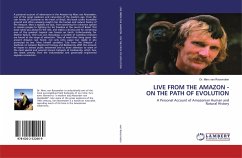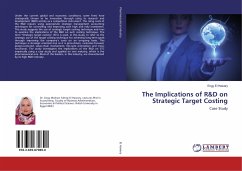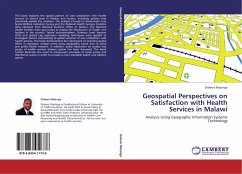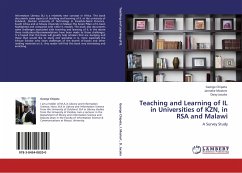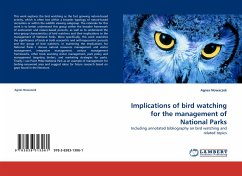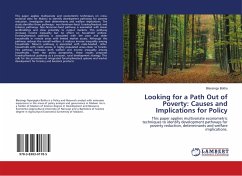
Looking for a Path Out of Poverty: Causes and Implications for Policy
This paper applies multivariate econometric techniques to identify development pathways for poverty reduction, determinants and welfare implications.
Versandkostenfrei!
Versandfertig in 6-10 Tagen
32,99 €
inkl. MwSt.

PAYBACK Punkte
16 °P sammeln!
This paper applies multivariate and econometrictechniques on cross-sectional data for Malawi toidentify development pathways for poverty reduction,investigates their determinants and welfareimplications. The study identifies three pathways:-non-farm/non-food, forestry/livestock and tobaccopathways. Non-farm/non-food pathway is associatedwith lower landholdings and close proximity to outputmarkets. This pathway increases income inequality butno effect on household welfare. Forestry/livestockpathway is associated with the poor and olderhouseholds in remote areas with limited marketaccess. Althou...
This paper applies multivariate and econometric
techniques on cross-sectional data for Malawi to
identify development pathways for poverty reduction,
investigates their determinants and welfare
implications. The study identifies three pathways:-
non-farm/non-food, forestry/livestock and tobacco
pathways. Non-farm/non-food pathway is associated
with lower landholdings and close proximity to output
markets. This pathway increases income inequality but
no effect on household welfare. Forestry/livestock
pathway is associated with the poor and older
households in remote areas with limited market
access. Although this pathway reduces the overall
welfare, it reduces income inequality among
households. Tobacco pathway is associated with
male-headed, richer households with credit access, in
highly populated areas closer to forests. This
pathway increases both welfare and income inequality
among households. From the policy perspective, these
results proposes forestry/livestock pathway as a
pro-poor, rural development strategy. This calls for
the promotion of integrated forestry/livestock
systems and market development for forestry and
livestock products.
techniques on cross-sectional data for Malawi to
identify development pathways for poverty reduction,
investigates their determinants and welfare
implications. The study identifies three pathways:-
non-farm/non-food, forestry/livestock and tobacco
pathways. Non-farm/non-food pathway is associated
with lower landholdings and close proximity to output
markets. This pathway increases income inequality but
no effect on household welfare. Forestry/livestock
pathway is associated with the poor and older
households in remote areas with limited market
access. Although this pathway reduces the overall
welfare, it reduces income inequality among
households. Tobacco pathway is associated with
male-headed, richer households with credit access, in
highly populated areas closer to forests. This
pathway increases both welfare and income inequality
among households. From the policy perspective, these
results proposes forestry/livestock pathway as a
pro-poor, rural development strategy. This calls for
the promotion of integrated forestry/livestock
systems and market development for forestry and
livestock products.



